In the transmission system of commercial vehicles and high-performance vehicles, the durability of the clutch assembly directly affects the reliability and maintenance cost of the entire vehicle. With its high-carbon alloy steel core components, special coating treatment and precise heat treatment process, the 430 pull-type clutch assembly has shown significant advantages in wear resistance, fatigue resistance and long-term stability, becoming a technical benchmark among similar products.
The application of high-carbon alloy steel is the key to improving the mechanical performance of the 430 assembly. Compared with ordinary steel, high-carbon alloy steel has obvious advantages in hardness, tensile strength and wear resistance, and can withstand the continuous friction and impact of the clutch under high-speed rotation and high-load conditions. The material has undergone a special heat treatment process to further optimize its microstructure, so that it still has good toughness while maintaining high strength, avoiding early failure caused by stress concentration. This material selection not only extends the service life of the clutch assembly, but also reduces the risk of fracture caused by metal fatigue, ensuring the stable operation of the transmission system under extreme conditions.
Special coating treatment is another core technology of the 430 assembly. The high-performance coating applied to the contact surface of the pressure plate and the friction plate can effectively reduce the direct friction between metals and reduce the wear rate. The coating has excellent high temperature resistance. Even in the instantaneous high temperature environment caused by frequent semi-clutching or heavy-load starting, it can still maintain a stable friction coefficient and avoid slipping caused by thermal decay. In addition, the self-lubricating properties of the coating further reduce the energy consumption of the friction pair, making the operation of the clutch smoother and reducing the impact load on other transmission components.
The manufacturing process of the diaphragm spring directly affects the force transmission efficiency and long-term reliability of the clutch. The 430 assembly adopts multi-stage heat treatment technology. By precisely controlling the heating temperature, insulation time and cooling rate, the grain structure of the spring material is more uniform, so that it can still maintain a stable elastic coefficient after long-term high-load operation. This process avoids the problem of reduced clamping force caused by stress relaxation in traditional springs, ensuring that the clutch can provide consistent engagement performance throughout its life cycle. At the same time, the support structure of the diaphragm spring is optimized to make its force distribution more uniform, further reducing the risk of fatigue cracks caused by local stress concentration.
The matching of the pressure plate and the friction plate is one of the decisive factors for the durability of the clutch. During the development phase, the 430 assembly was tested on a rigorous bench and verified on a real vehicle to optimize the matching relationship between the material hardness, friction coefficient and thermal conductivity of the two. This refined adjustment ensures that the wear rate of the friction plate is still within a controllable range even under frequent start-stop or long-term semi-clutch conditions, avoiding premature replacement due to excessive wear. In addition, the heat dissipation structure design of the pressure plate further improves the thermal management efficiency. By adding heat dissipation fins and optimizing air flow channels, the dissipation of friction heat is accelerated, thereby delaying the high-temperature attenuation of material properties.
The technical advantages of the 430 pull-type clutch assembly are not only reflected in the performance improvement of a single component, but also in its systematic collaborative design concept. From material selection to process optimization, to matching and adjustment, each link revolves around the core goal of "long-term durability". This holistic technical solution enables it to maintain stable performance output under harsh conditions, while greatly reducing the user's maintenance costs and downtime. For commercial vehicles that focus on reliability and economy, the 430 assembly undoubtedly provides an efficient and durable transmission solution.
 English
English русский
русский
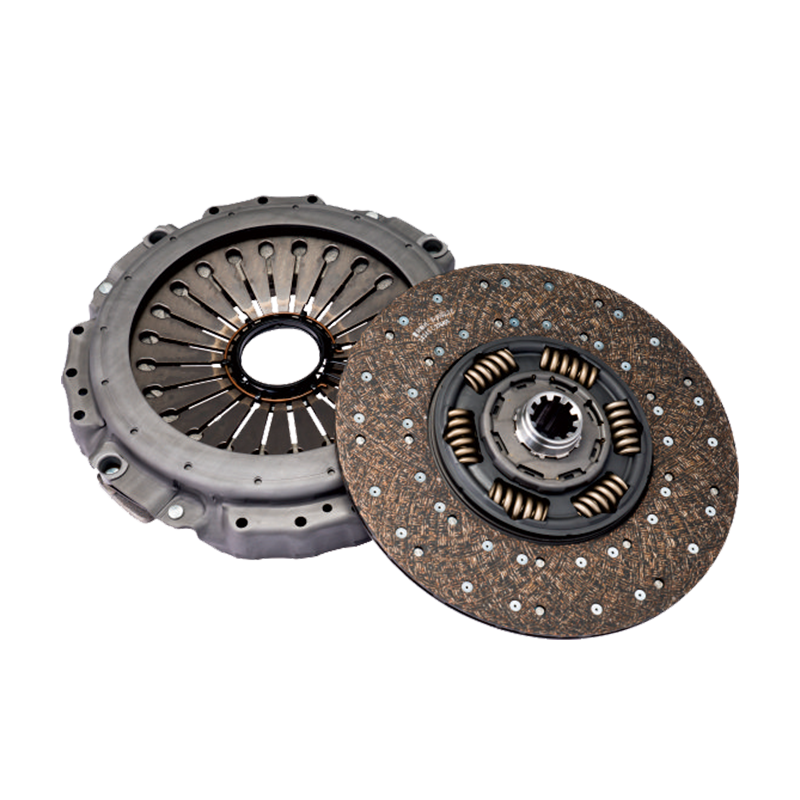
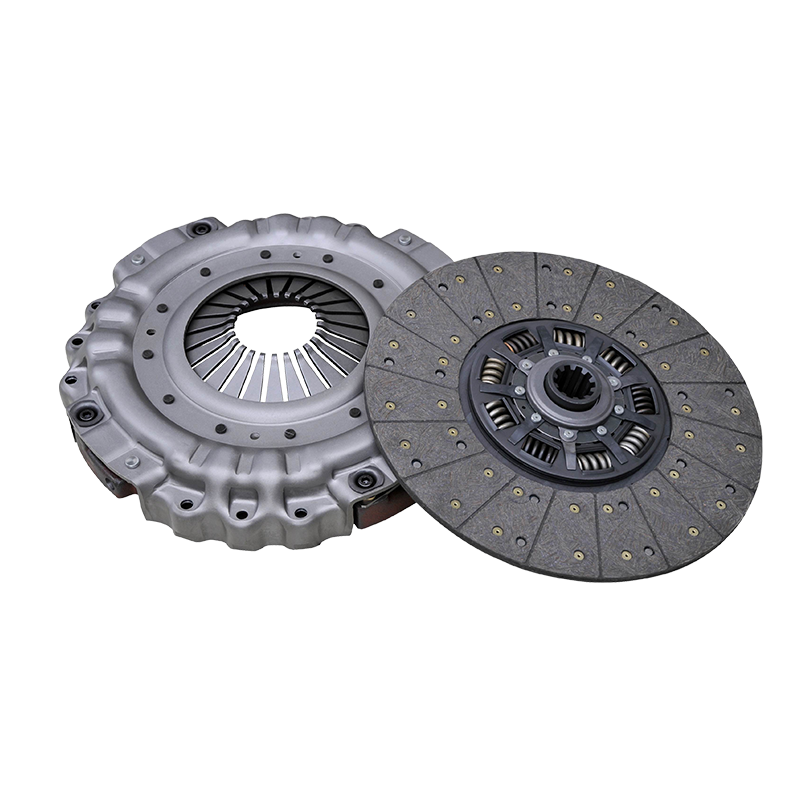
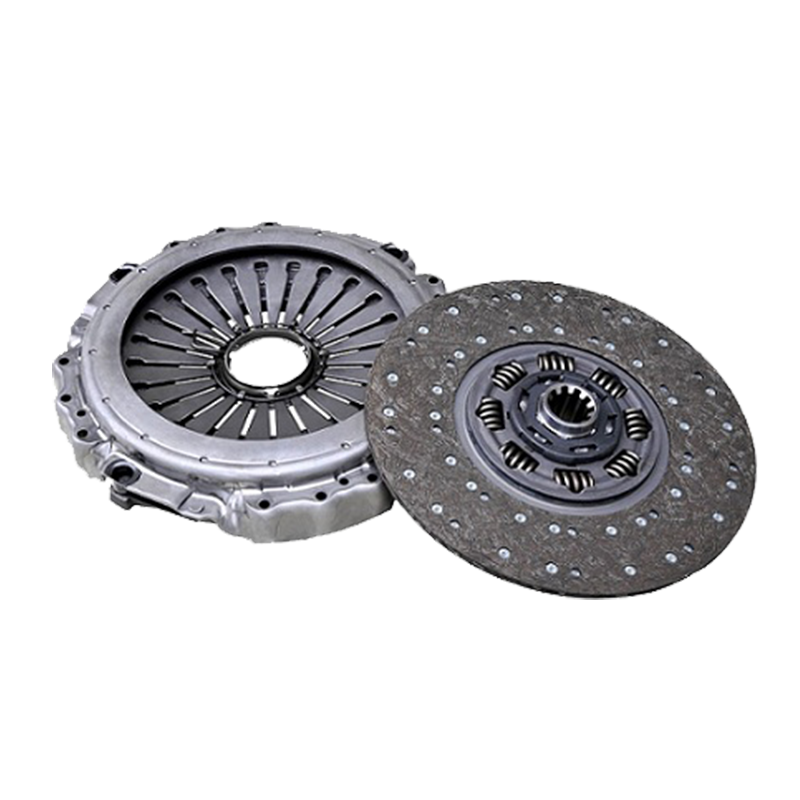
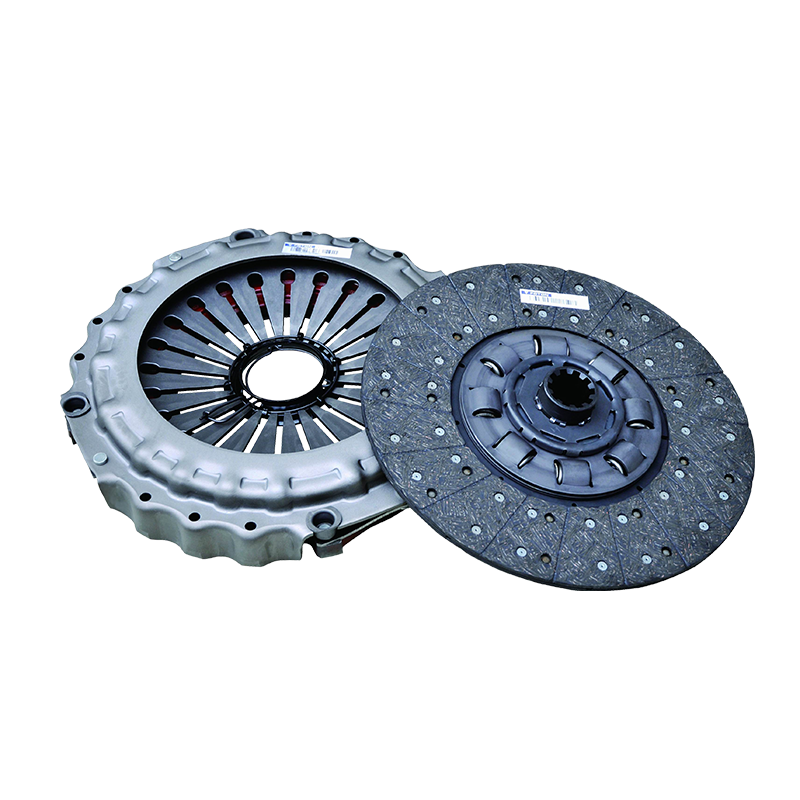
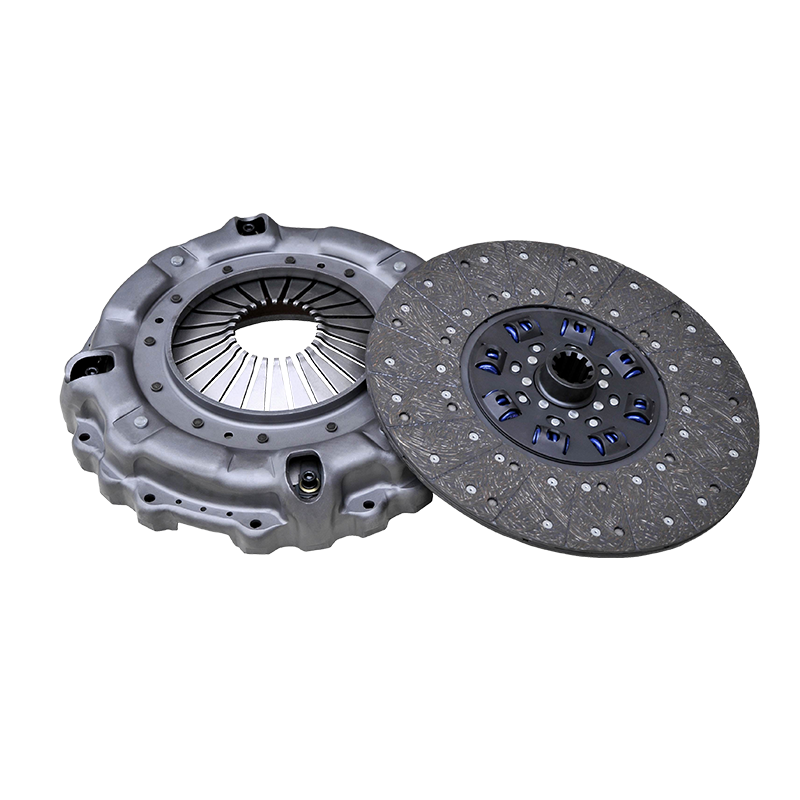
 English
English  No.25, Hu Chuang Road, New District Industrial Park, Suzhou, Jiangsu, China.
No.25, Hu Chuang Road, New District Industrial Park, Suzhou, Jiangsu, China.  +86-13338663262
+86-13338663262 
